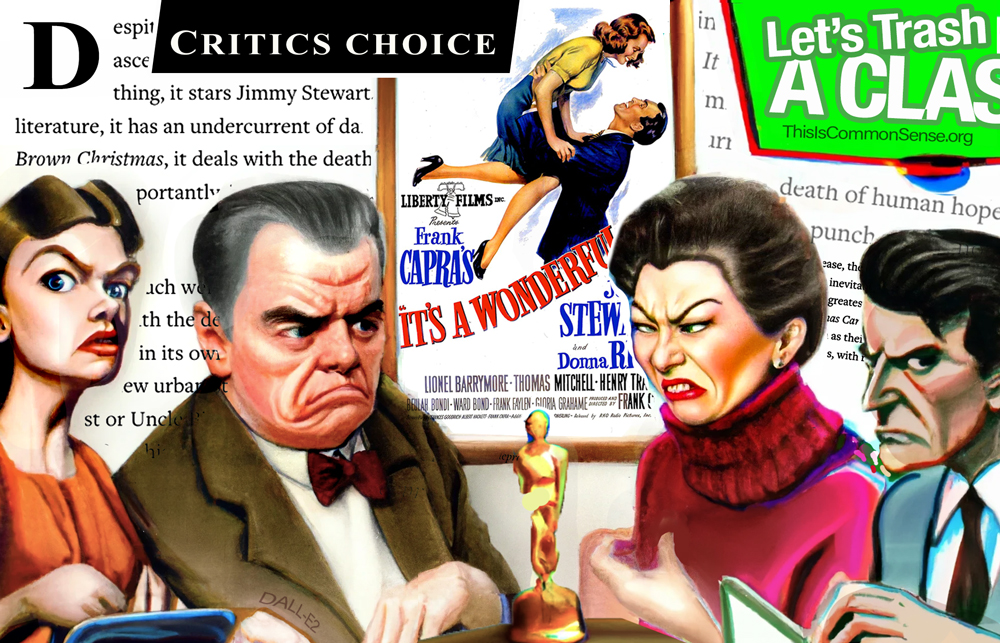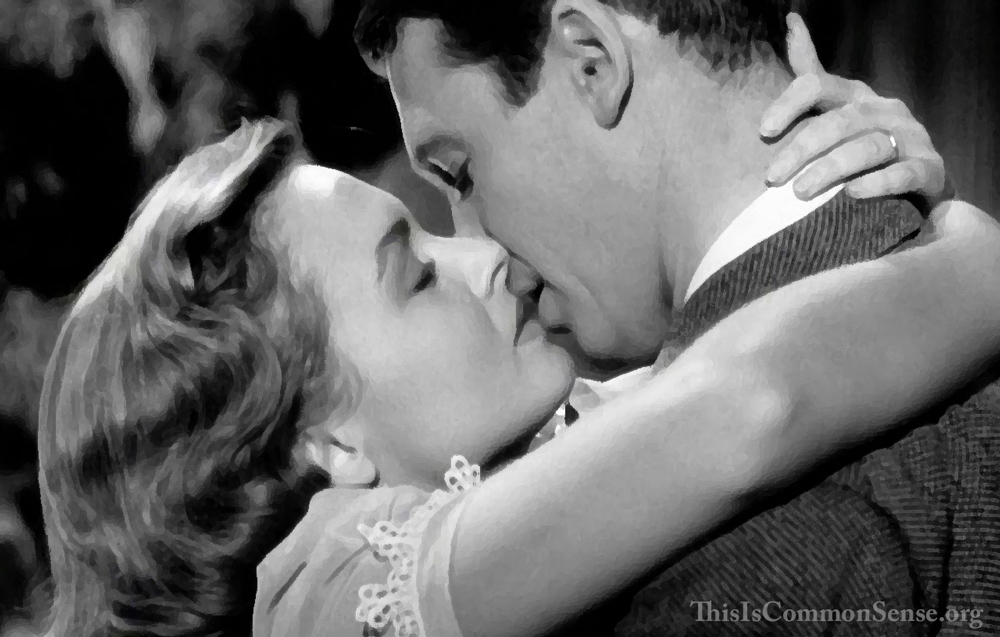“An icon with such well-established status is an irresistible target,” The Bulwark’s Claire Coffey writes about the holiday season favorite, It’s a Wonderful Life, “and the competition to come up with the definitive contrarian takedown of the film is now a Christmas sub-tradition in its own right.”
Last year, I had to correct Washington Post columnist Monica Hesse, who belittled protagonist George Bailey as “the tortured Boy Scout-type,” arguing that Mary, his wife, was “the real hero.”
One of the nicest things about the movie is that mythical Bedford Falls has a lot of ordinary heroes . . . just like in real life. And Mary is right at the top of the list. But with her husband George, whom she dearly loves, not instead of or as his chief competition.
“George Bailey Isn’t the Hero of ‘It’s a Wonderful Life,’” insists the headline to Mickey Randle’s recent column at Collider, where we learn that “many of [George’s] responses to hardship” are “less than admirable.” I don’t know about “many,” but George does throw something of a tantrum upon discovering that his business will go bankrupt and he likely end up in prison.
Hate me if you must, but I might throw a momentary fit, too, at that set of circumstances.
“Mary bears almost identical burdens,” notes Randle, “and always responds productively.” Of course, even Mary gets angry in one scene and smashes one of her favorite records. Apparently, this wonderful woman is not perfect. Who knew?
Randle concludes by calling the movie “significant because of its observations on gender,” suggesting: “We just have to remember to see things from Mary’s perspective.”
But can anyone who knows Mary claim that George is not a hero from her perspective?
One major point of attack on the film has been the idea that, if George “had never been born,” the sweet and beautiful Mary would certainly not be “an old maid,” as depicted. Granted, her being single would not be for lack of trying by every able-bodied, cisgendered male person in Pennsylvania. But in her piece at The Bulwark, Coffey gets this right by noticing, “Mary could marry any man in town. She doesn’t want to. She wants George.”
Seems to me the criticism is intended to obscure the powerful moral of this movie: that good guys and good gals are winners, not losers. And that two people in love and committed to doing what they think is right are as unconquerable as anything this world has ever known.
When push comes to shove, I put my faith in that tantrum-throwing George Bailey and the record-smashing Mary Bailey . . . working together.
This is Common Sense. I’m Paul Jacob.
Illustration created with DALL-E2
—
See all recent commentary
(simplified and organized)




